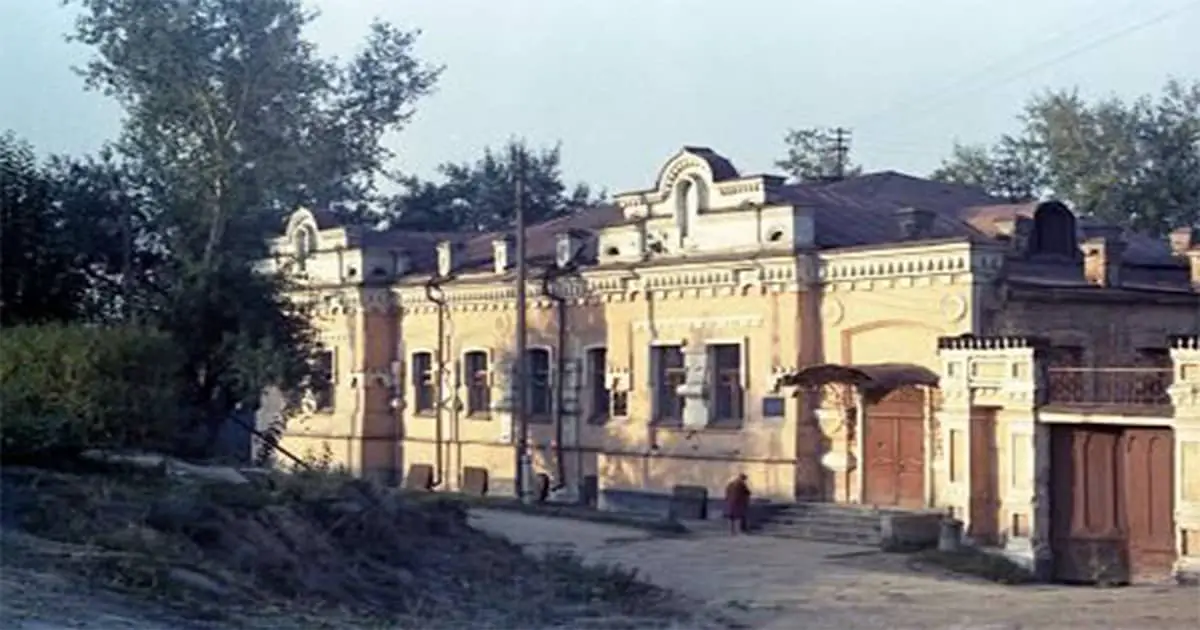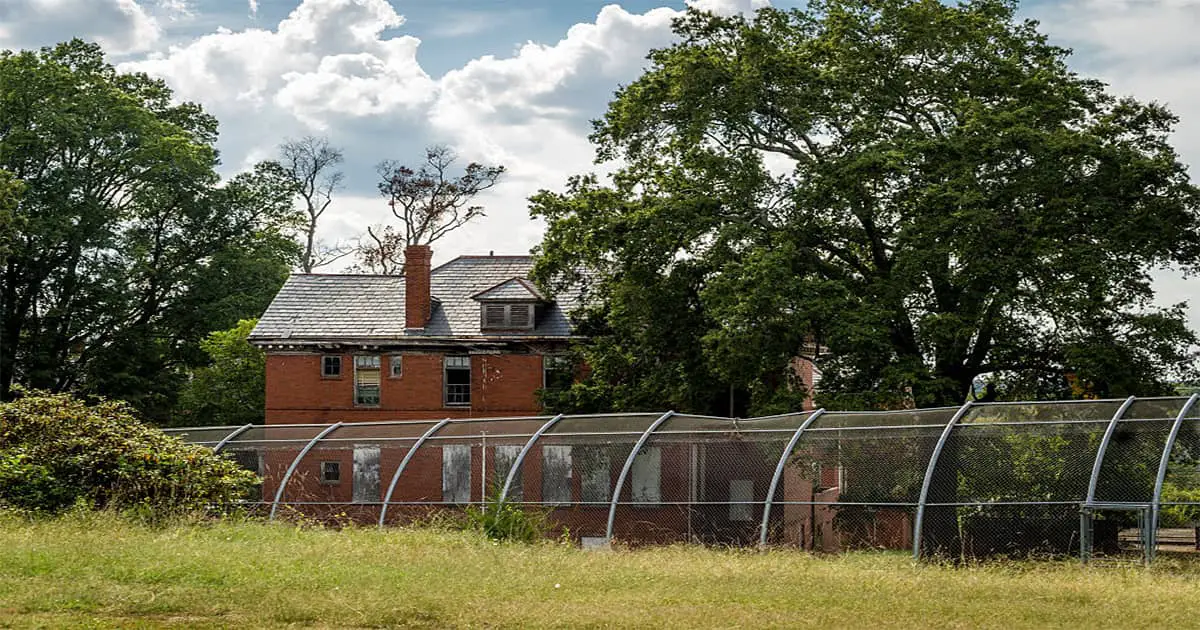A book has been published about the mystery that lie behind Ipatiev House located in Yekaterinburg which was where the last Russian family of the Emperor had been executed using a firing squad. Vitaly Shytov, a photojournalist and historian, has spent over 40 years studying the tragic history of the house.
The house was originally the extravagant home of a well-known merchant. But, as events in the imperial Russia transpired, the house was the scene of a more sinister incident and a mystery which remains unsolved until today. The house was built towards the end of the 1880s and was built on an old site that was Vasily Tatishchev’s country home famous Russian historian and geographer.
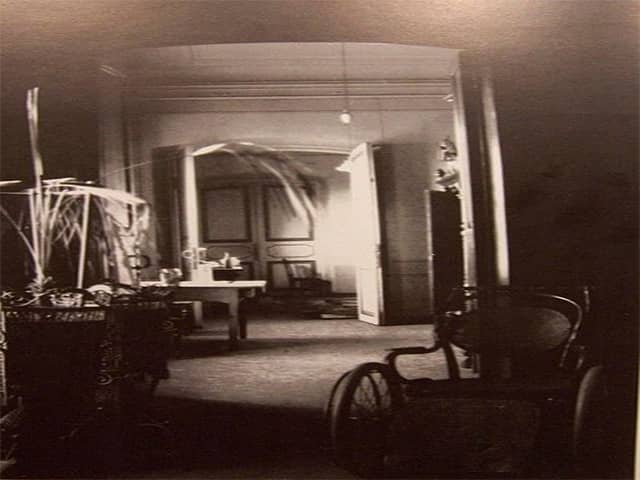
The mansion of opulence was constructed to the specifications of Ivan Redikortsev. The mansion was two stories high and had a an exterior of 30 meters. The house was handed through Redikortsev into the hands of one Sharaviev who was a public figure with a bad image.
It was 1908 when Nikolai Ipatiev decided to buy a house for himself. He purchased the home and turned the first floor into an office. He had no idea that the building will be remembered in the history books as being known as “last palace of the last Tsar,” according to Russian media reported it.
The year 1918 was the time that Nikolai Ipatiev has been invited to the Ural Soviet headquarters, where there was a bad surprise for him. He was instructed to take all his belongings and leave his home because it was to be the home of a “special purpose house.”
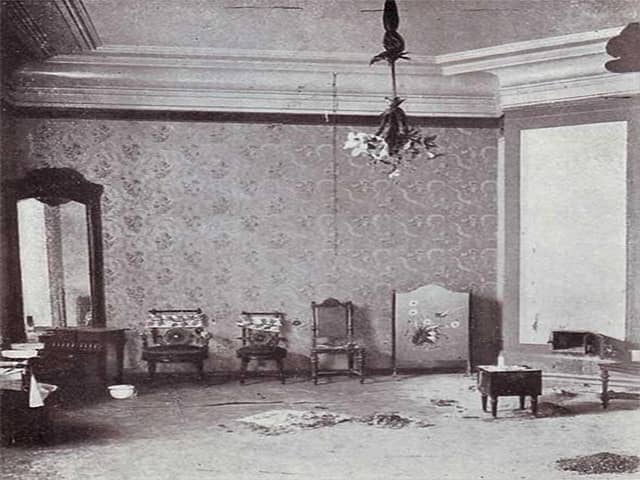
In the end, Nikolai had no choice but to comply with what was required from him. The Romanov family who was in charge of Russia from 1613 until 1917, would be the next inhabitants of the house. The roots of their ancestry could be traced all the way back 1340 up to Andrei Kobyla, a Boyar in the time. In the end, the Romanovs were in control until 1917’s “February Revolution.”
A book has been published on the mysteries that lie behind Ipatiev House, located in Yekaterinburg which was where the last Russian family of the Emperor had been executed using a firing squad. Vitaly Shytov, a photojournalist and historian, has spent over 40 years studying the history of the house. “Ipatiev House. Documentary and Photographic Annals. 1877-1977” is a treasure trove of investigation and archived documents, the main objective for which is illuminate the mystery of the death of the family of the late tsar. Behind the fence is an Ipatiev House. In September 1977, Shytov was the photographer.
Follow us on Facebook
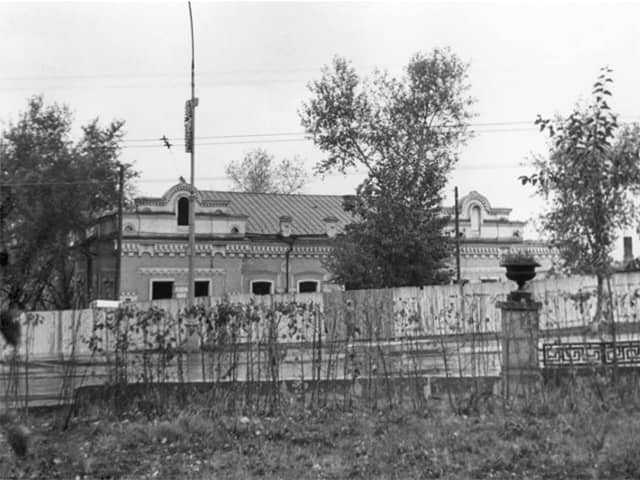
Nikolai Ipatiev, a mining engineer, bought the home in 1908. The house was confiscated by the government in 1918, after the revolution and the overthrow of the Tsar. Following when the Soviet authorities were removed and the house was temporarily returned to the previous owner, who later left Soviet Russia / Environs of Yekaterinburg. On the old Koptyakovskaya Street, there is an Romanov memorial. V. Shytov took the photo.
Shitov, Vitaliy
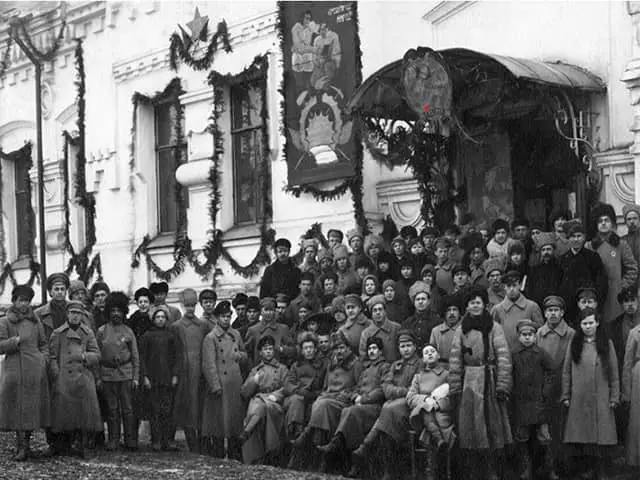
Ipatiev House was constructed in the 1880s, on the site of the renowned Russian geographer and historian Vasily Tatishchev’s former home dachathe founding father of Yekaterinburg and Stavropol (now Togliatti). The porch was occupied by Red Army soldiers and Ipatiev House residents sitting on the porch. 1927
Bykov, Victor
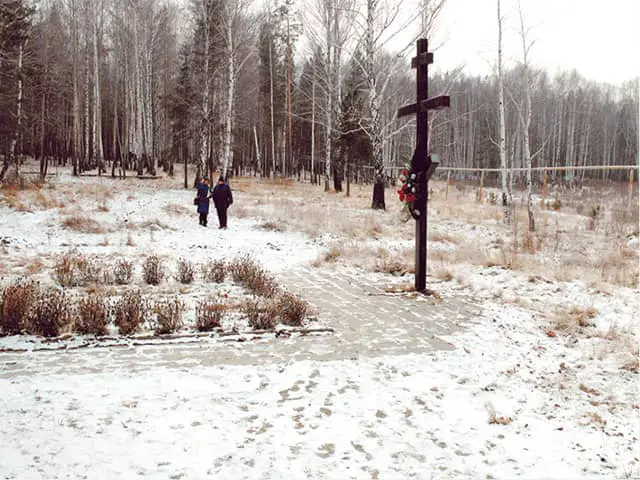
Nikolai Ipatiev, a mining engineer, bought the home in 1908. The house was confiscated by government officials in the year 1918 after the revolution and the overthrow of the Tsar. Following when the Soviet authorities were removed and the house was then returned to its original owner, who later moved away from Soviet Russia and the surrounding areas of Yekaterinburg. On the former Koptyakovskaya Street, there is an Romanov memorial. V. Shytov took the photo.
Shitov, Vitaliy
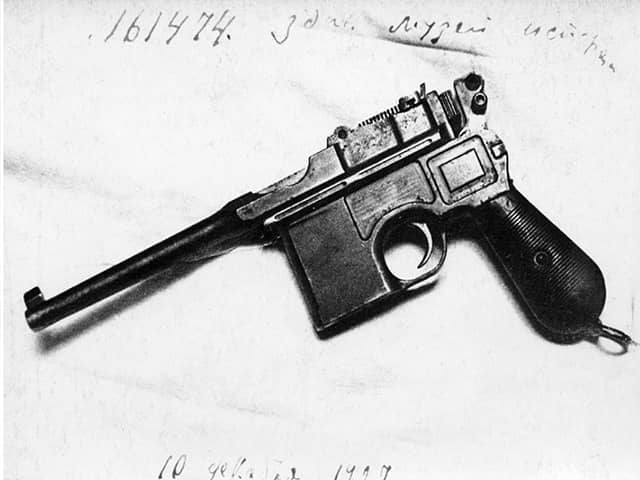
The house was confiscated by officials of the local authority in April 1918 when Ipatiev was absent. A high fence was built around the building. The Tsar Nicholai II’s family were exiled from Yekaterinburg in the year 1918, were confined in the home on April 30 and was held for 78 days until they were executed on the 16th of July 1918. Regicide weapons Ermakov’s Mauser No 161474.
Image taken from the archive
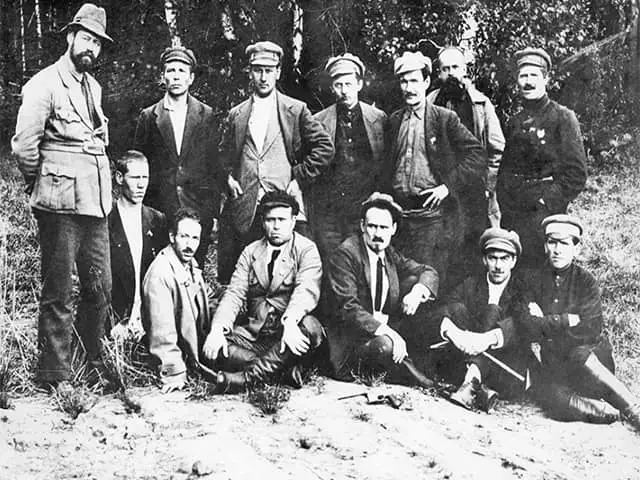
Yakov Yurovsky, commander of Ipatiev House. He commanded his firing squad. Shytov says that in his research for the book the memos of Regicide Yurovsky caught his attention the most. The memo contained a secret transcription of the Bolshevik meeting in 1934 in the Romanovs’ Ural residence. A group of Ural Bolsheviks in the Romanovs’ “grave” — the Romanovs’ claimed burial site.
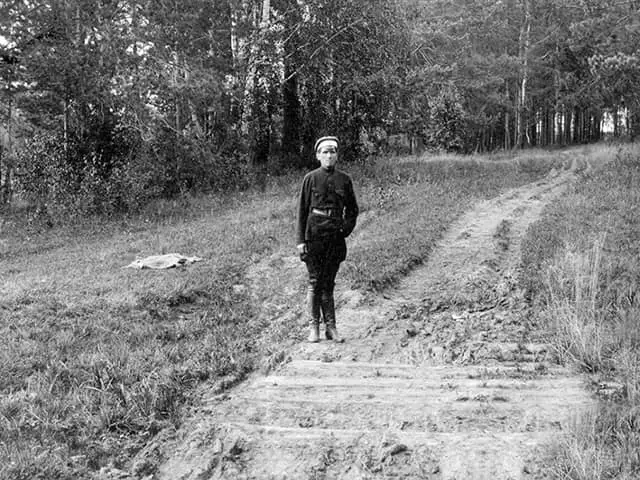
The Revolutionary Peter Ermakov, one of the regicides, was killed on an unassuming bridge over sleepers in the Porosenkov Ravine where the remains of the royal bloodline and their servants were buried. 1924. According to the security guard Strekotin, Peter Ermakov used a bayonet in order to kill the dead members of the family.
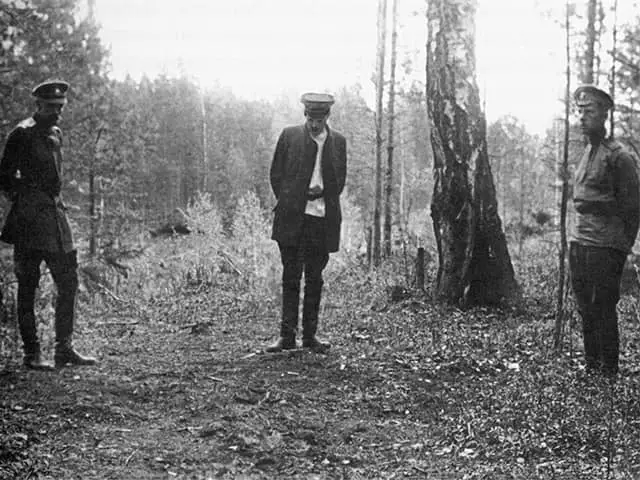
Ganina Yama (Ganya’s Pit) Nikolai Sokolov, an investigator, on the scene of the site of a bonfire. Nikolai Sokolov devoted his entire life to acquiring evidence and documents related to the assassination of the Romanovs. The results of his investigation formed the basis of the book “The Murder of the Imperial Family.” From the Notes of Judicial Investigator N.A. Sokolov,” published in 1925. It also contains evidence of editing by third parties according to certain. In the end, Sokolov’s complete authorship is unanswered.
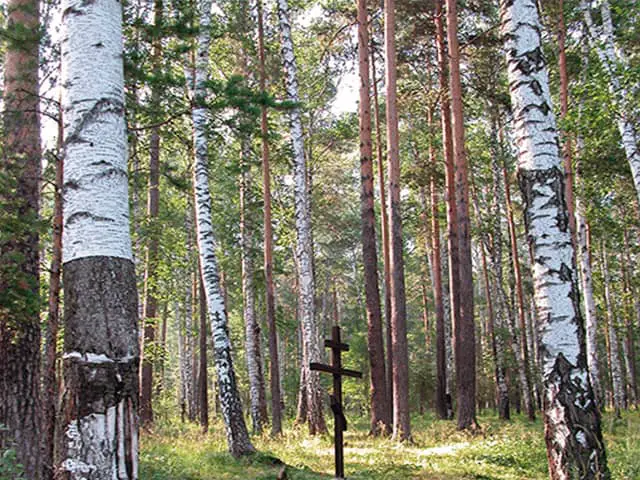
Ipatiev House was the home of the Antireligious Museum as well as the Council of Atheists, the Rector’s Office of the Ural-Siberian Communist University, an evacuatee hostel and an affiliate from the Institute of Culture, and an archive of the regional party in various periods. / Porosenkov Ravine. In the Great Northern War, it was used to keep exhibits from the Hermitage which had been moved from Leningrad. The Romanovs were honored. A commemorative cross marks the site of Maria’s and Tsarevich’s remains. 2013. A. Kazakov took the photo.
Kazakov, A.
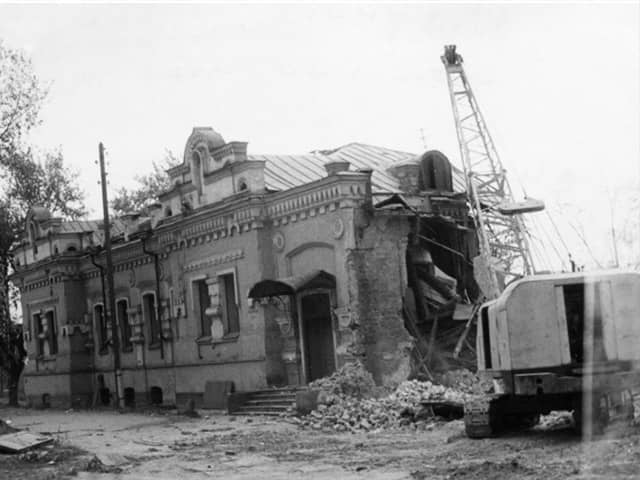
The house was demolished in a Politburo order due to the fact that it had always caught the attention of visitors and residents alike. The house was destroyed in 1977. It was only Vitaly Shytov, a journalist could capture the scene with the camera hidden from view. The destruction of Ipatiev House. V. Shytov took the photo. The 16th of September, 1977
Shitov, Vitaliy
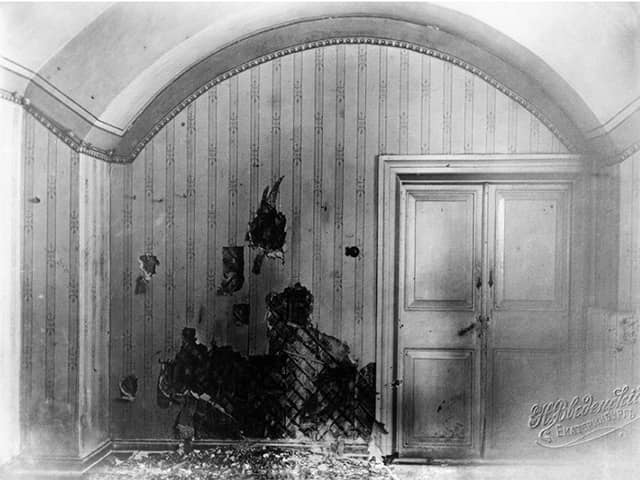
“On September 16, 1977, the demolition was carried out in secret under the supervision of the security services.” The house was protected by barbed wire and no photographers or journalists were allowed entry into the. I took my pictures from a bus that was 20-30 metres away from the home. The photographs were taken to serve official purposes by the intelligence service. “However, my photographs were of a more general nature,” Shytov says. The story of Ipatiev House’s demise. Vitaly Shytov, Sverdlovsk, was the photographer of choice (Yekaterinburg). September 16th and 17th, 1977
Shitov, Vitaliy
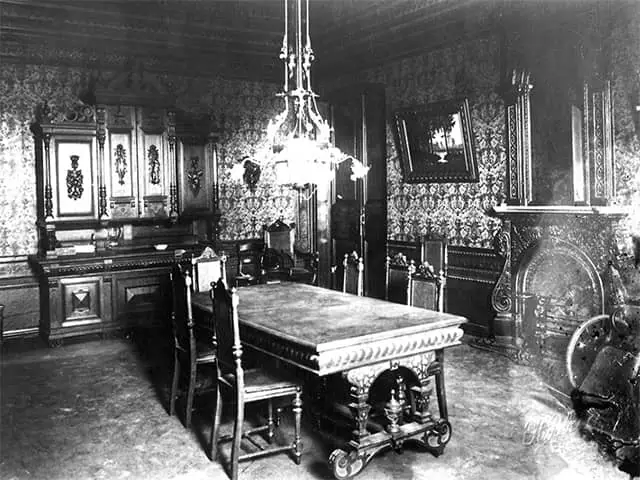
Shytov has some remains of artifacts leftover from the demolition of Ipatiev House. These include brass handles and wallpaper, oven doors made of brass… They are currently displayed at the Yekaterinburg’s Romanov Memorial Museum. Ipatiev House A view of the basement’s south-east-facing side. 1977. V. Shytov took the photo.
Shitov, Vitaliy
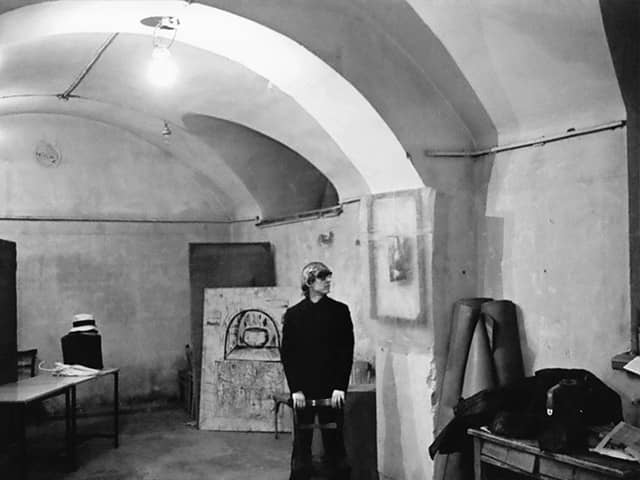
The archives finally became accessible in the year 1990. Vitaly Shytov has been collecting information about the history of the house’s owner and the demise of the Imperial family since that time. The book includes documents from conferences where scientists from across the globe -archaeologists, anthropologists as well as geneticists agreed that the newly discovered Imperial Family remains are authentic. House of Ipatiev. Its dining area. Before going to the basement The Imperial family was taken here. N. Vvedensky took the photo.
The Church-on-the-Blood is one of the largest Russian Orthodox church, constructed on the location that was Ipatiev House in 2003. Ipatiev House The execution chamber in 1918. N. Vvedensky took the photo.
Ipatiev House was constructed in the 1880s, on the site of the renowned Russian geographer and historian Vasily Tatishchev’s former home dachathe creator of Yekaterinburg and Stavropol (now Togliatti). It was a home for Red Army soldiers and Ipatiev House residents on the front porch in 1927.
The following year on August 30, 1918, all of the Romanov family (four daughters and one son Alexa Feodorovna as well as Nicholas Romanov) as well as their cook, doctor Yevgeny Botkin, the chambermaid Anna Demidova and Valet Alex Trupp, were taken to the Ipatiev House. They would indeed spend the rest of their lives in the Ipatiev House. There were 11 people inside the home, which does not include the guards that occupied one floor.
Yakov Yurovsky was the Bolshevik and a member of the Ural Soviet, was in charge of the entire procedure of keeping Romanovs locked up. The family of the Romanovs was permitted the chance to enjoy some sun and fresh air in the gardens under the surveillance of guards since their windows at the home had been coated with paint effectively separating them from the outside world. Guards even put up the tallest wooden fence between the home and the street to its front.
In the end, the Romanovs had no idea of what was happening outside. On July 16th or 17th of 1918 Yurovsky was taken to Dr. Botkin’s bedroom. Dr. Botkin was lucid in his room working on an article paper. He was ordered in a hurry to wake the royal family as well as the other people, and notify them that they were required to evacuate and leave immediately.
In the street, there had been shooting. It took them about half an hour to unpack and then headed down. They left the building, and headed down to the basement.
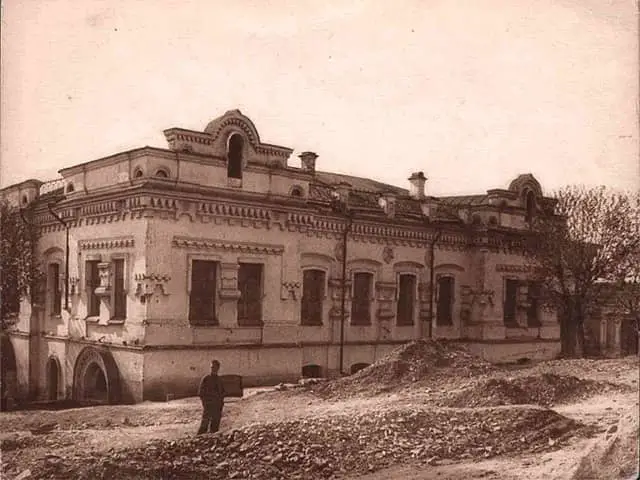
As Alexandra Feodorovna walked in, she demanded two chairs, and was provided with two. The youngest was the only one, who was on the lap of his father, the rest were seated in front of them. Yurovsky along with the firing squad went into the basement following a lengthy time of waiting.
What was intended to be a swift execution was turned into an ensuing bloody slaughter, which took about 30 minutes to kill each relatives, not including children. The Romanovs are regarded as the last Russian rulers.
The house is no longer standing as it was torn down in September 1977. This exact spot is an iconic church, the Church on the Blood, the site of pilgrimage dedicated to the people who were brutally killed in the dark, July day long ago.
Read another from us: Abandoned Cat Island Japan: Visit to Aoshima

